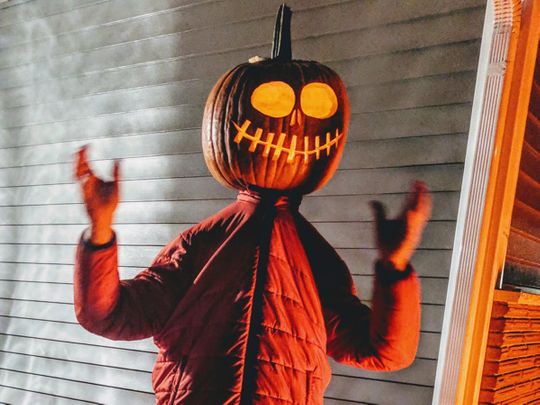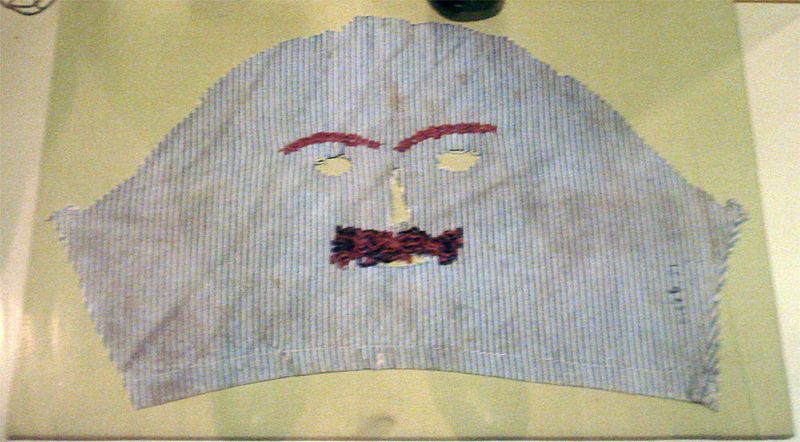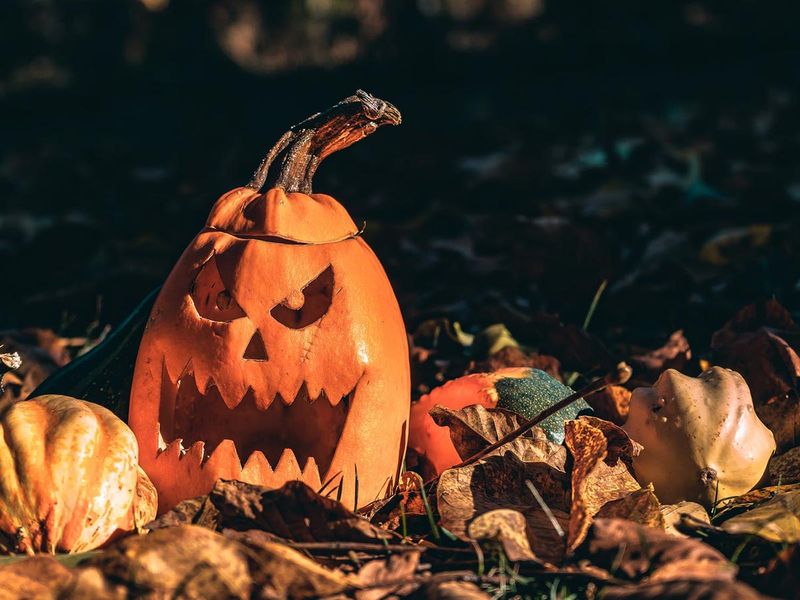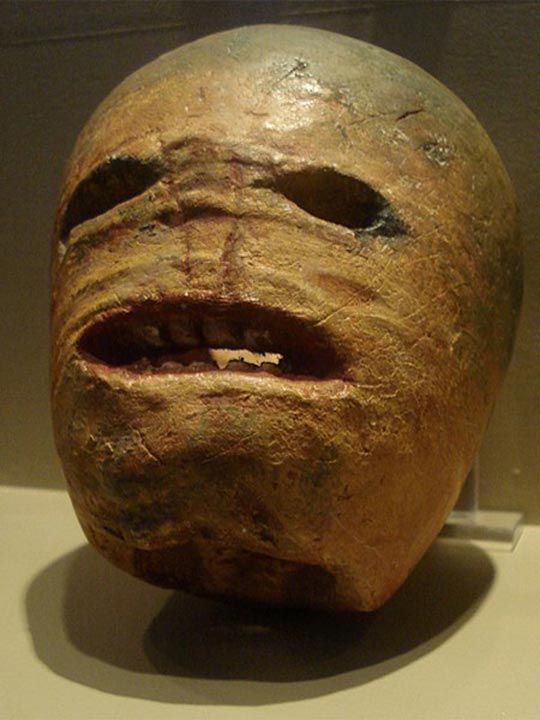
Dubai: The spooky holiday celebrated every year on October 31 has an interesting back story, which goes all the way back to Ireland 3000 years ago. Halloween is the time between autumn and winter and back in the day was known as ‘post-harvest’, which signifies the end of the ‘times of plenty’ and the start of ‘times of scarcity’.
The exact history of Halloween remains disputed, but it is thought to have originated with the ancient Celtic festival of Samhain (Samhain was the Druidic lord of death). The festival of Samhain was traditionally held on November 1, but celebrations started on the evening of October 31.
During this time, Celts saw the end of harvest and the onset of winter, as a time of death. It was believed there was an interaction between the worlds of the living and the dead and that spirits could move between them. Fearing these beings might pull them into the otherworld before their time, the Celts would disguise themselves in costumes to confuse and scare off the roaming spirits, fairies and hobgoblins.

Fast forward to long after the establishment of Christianity, in the eighth century, Pope Gregory III designated November 1, as a time to honour all saints and martyrs. This was known as All Saints’ Day and shared similar customs to Samhain. The evening before was known as All Hallows Eve, a day to remember the dead Martyrs (also known as Hallows) and ward off evil spirits, so the tradition of dressing up to scare away anything paranormal or evil continued.
So technically, Halloween began as a Christian tradition, however, these days some Christians prefer to distance themselves from the holiday entirely with some thinking that it’s a demonic holiday for spirits and curses.
Over time, All Hallows’ Eve became Halloween. Today, Halloween is a more material occasion and popular community-based activity, which was specifically aimed at children dressing up and eating candy, or adults looking for a reason to dress up and misbehave at parties.
Modern-day Halloween
These days, people dress up in costumes, which are generally of a spooky nature, with vampires, witches, skeletons, mummies and zombies being popular options.
Houses are decorated and young children are encouraged to play “trick or treat”. Gulf News spoke to Tourism Ireland to get a few more facts about the historic tradition. They sang songs or offered prayers in return for food. Now, the custom of trick or treating for sweets is alive and well all around the world
“Trick-or-treating” is an American addition to the occasion of Halloween. They were inspired by the idea from the All Souls’ Day parades in England. The poor would go around, begging for food and better-off families would give them pastries called “soul cakes” in return for their promise to pray for the family’s dead relatives. They sang songs or offered prayers in return for food. Now, the custom of trick or treating for sweets is alive and well all around the world
The idea filtered down to contemporary children, who would go around houses asking for candy. When someone opens the door, they are given an option to provide a treat, or suffer a trick. Most people will usually offer a treat.
Why the pumpkin?

The pumpkin is also known as a Jack-O-Lantern. It was actually not an American tradition, despite pumpkins being indigenous to the Americas. The Jack-O-Lantern actually traces its lineage to Ireland, and the vegetable of choice at the time was originally a turnip.
According to Irish myth, there once lived a man called “Stingy Jack” who summoned satan and invited him to a drink. Living up to his name, Stingy Jack decided he would not pay for the drinks they ordered, so he convinced the devil to turn himself into a coin so that he could use him to pay the bill. The Devil obliged, but Jack chose to keep the coin instead and put it into his pocket next to a silver cross, which would trap the devil in his pocket.
Stingy Jack eventually freed satan, under the condition that he would not bother him for a year and that, in the event of Jack’s death, he would not claim his soul.
When Jack eventually died, and because of his constant misbehaviour, God would not allow him into heaven. The devil, who was not happy with the tricks that Jack kept playing on him, also would not allow Jack into Hell.
Instead, he sent Jack off into the night with only one piece of burning coal to light his way. Jack put the coal into a carved-out turnip and has been roaming the earth with it ever since.

The Irish began to refer to this ghostly figure as “Jack of the Lantern”... Jack O Lantern.
Eventually, Irish immigrants brought the tradition to America, where they found turnips were less common, so they substituted them for pumpkin.
Some more interesting Halloween traditions
Barmbrack bread
The famous Irish Halloween Barmbrack is a bread with a twist. If ancient traditions are to be believed, the bread can forecast the future. Caution is required when biting into a warm slice of the Barmbrack as what charm the person finds inside their slice determines their future. They may find a ring which means they will be married in a year or a coin which predicts a lifetime of wealth, but if it’s a piece of cloth it may mean bad luck for life.
Derry-Londonderry is the number one Halloween destination in the world
The famous Walled City of Derry-Londonderry has become the most exciting Halloween hotspot in Europe after starting life as a simple fancy-dress party. Many have even voted it as the number one Halloween destination in the world. Derry Halloween is now an unmissable, bucket list event, with people from around the world – not to mention the otherworld – flock there to enjoy a festival fusing ancient myth and modern culture.
The Puca Festival
The Puca Festival, a twenty-first-century Samhain celebration, is held in County Meath and neighbouring County Louth every year. Celebrating Ireland as the birthplace of Halloween, Púca festival events normally include a re-enactment of the symbolic lighting of the Samhain fire, live music and performances, light installations and more. This year, however, the celebrations will all be virtual.








